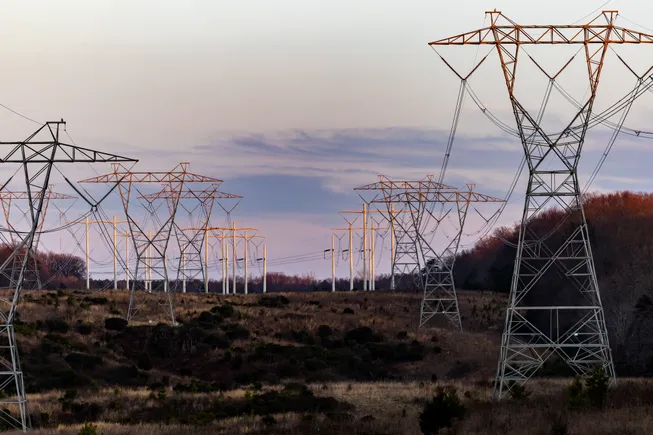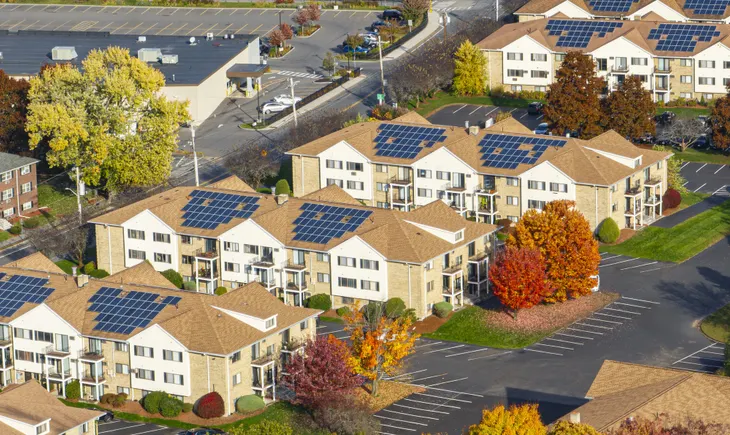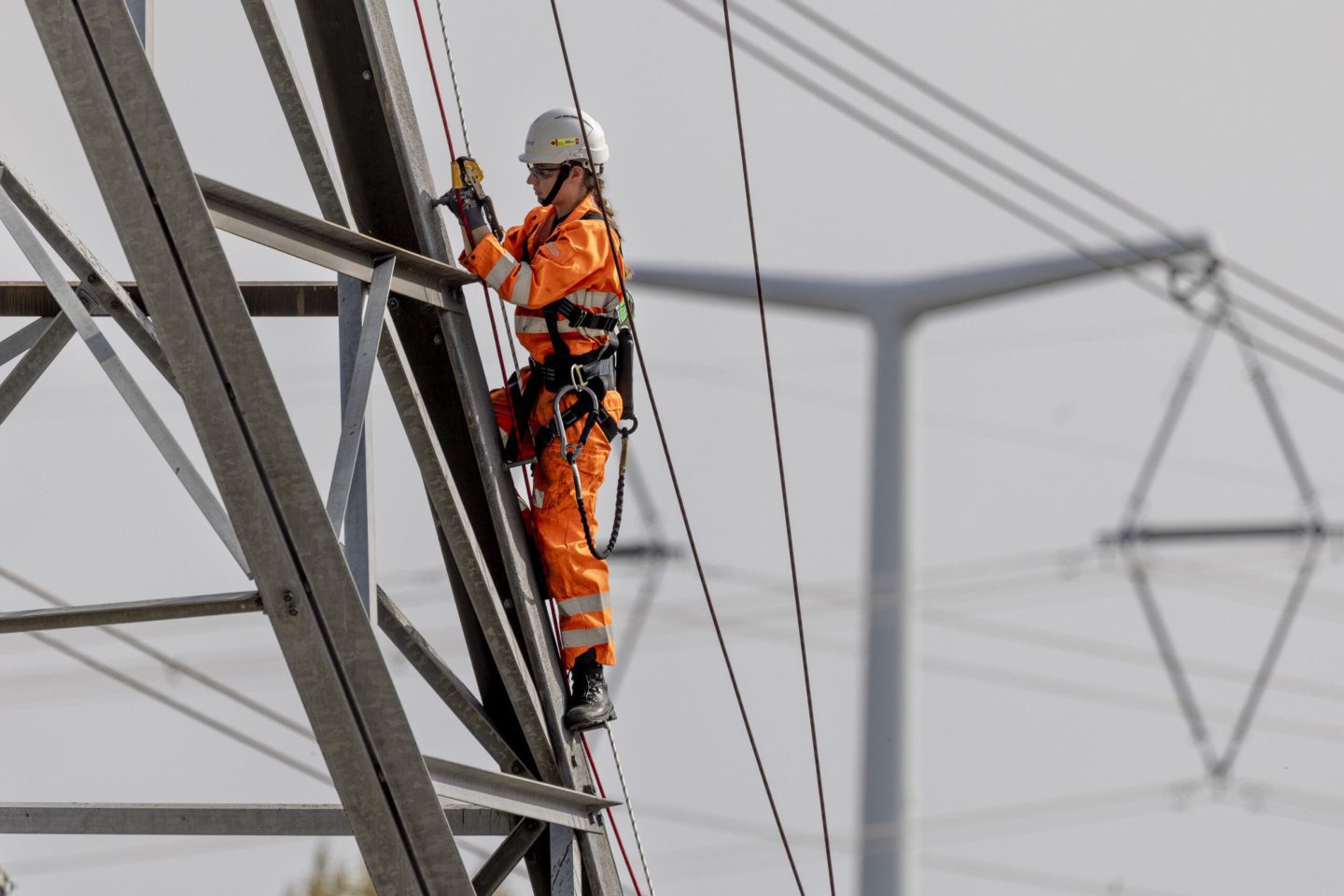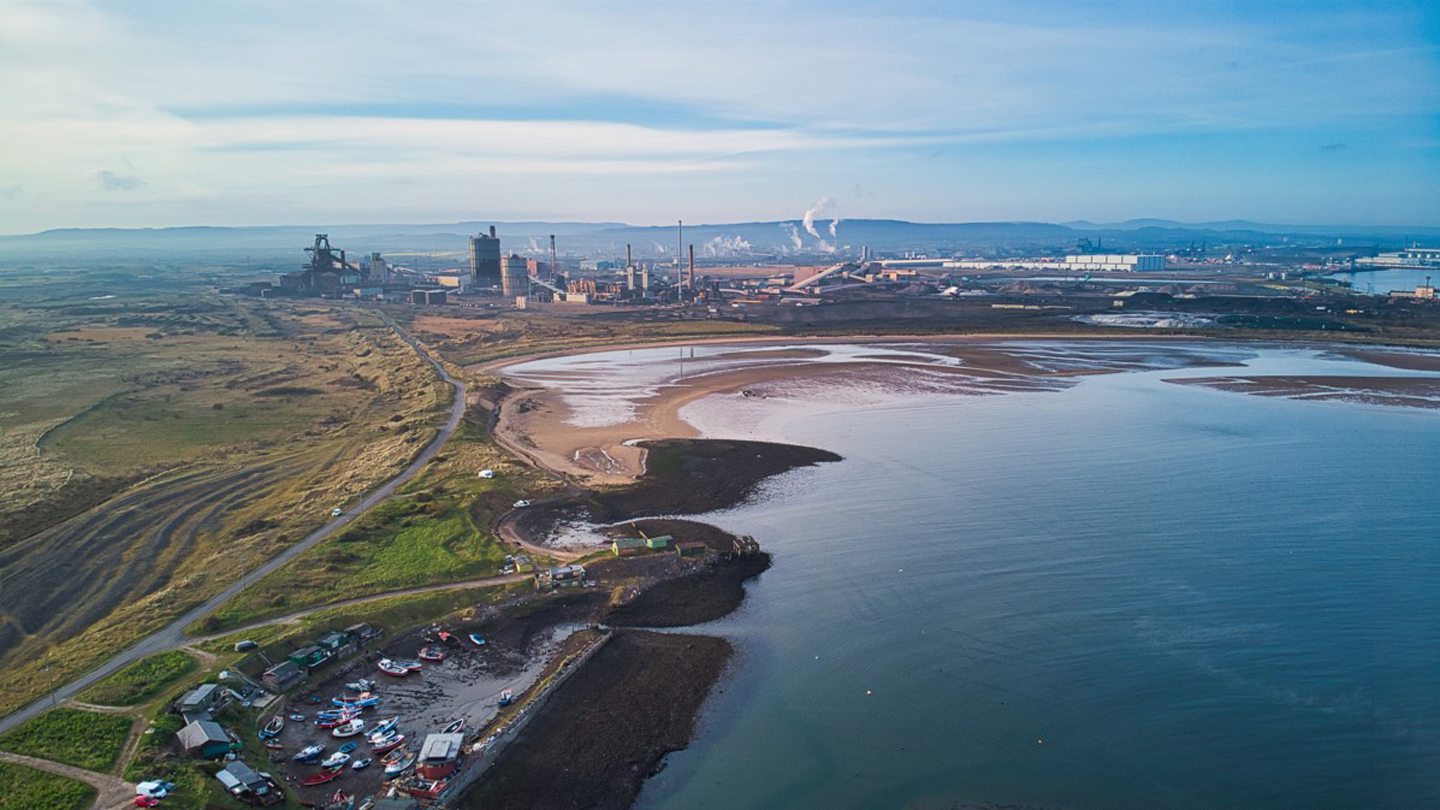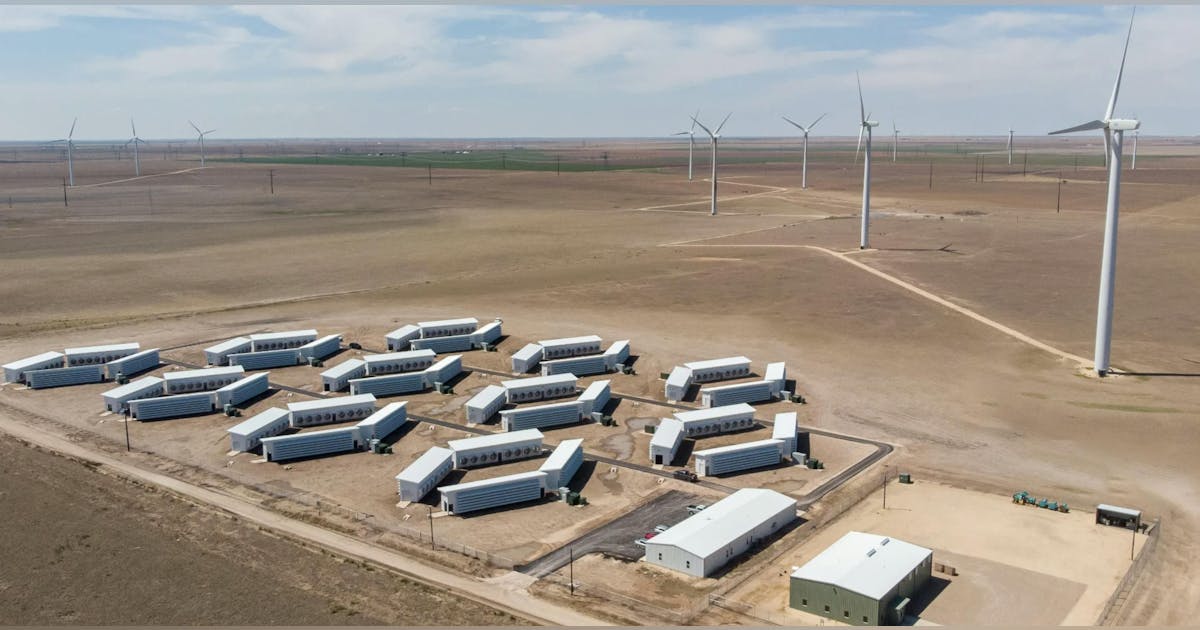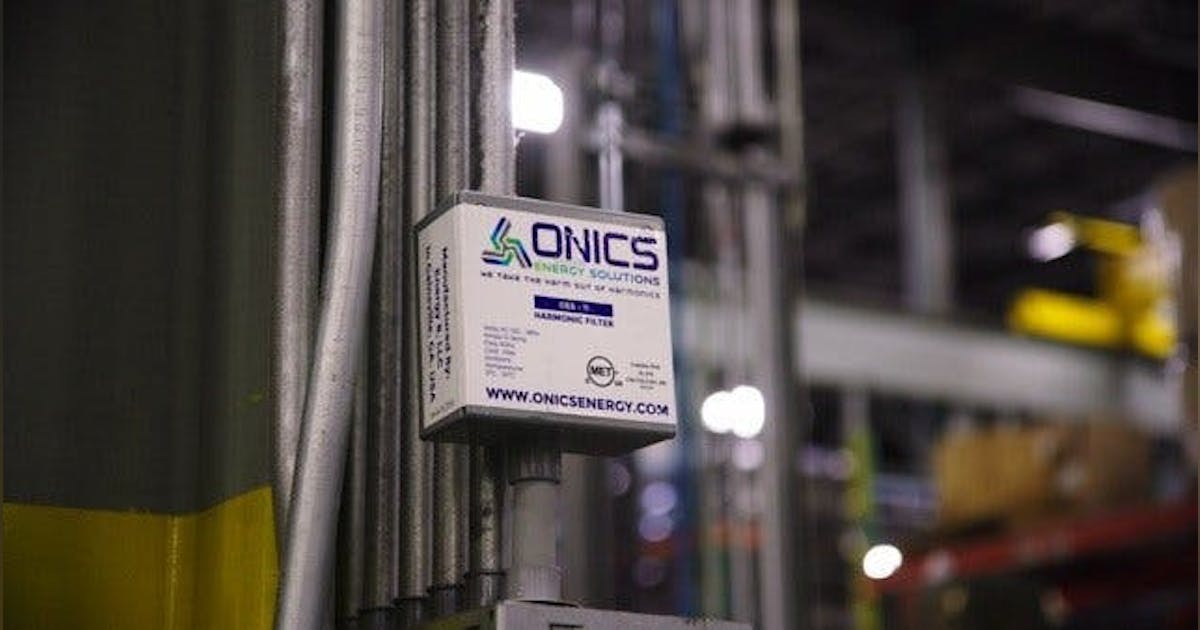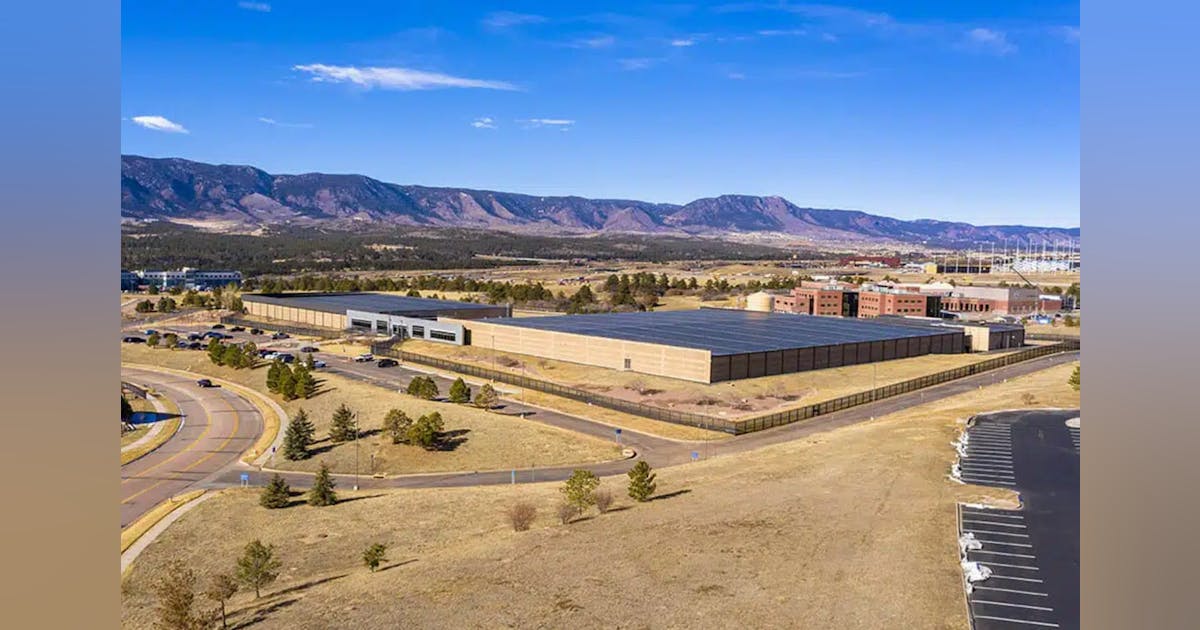
In an oil report sent to Rigzone by the Skandinaviska Enskilda Banken AB (SEB) team recently, Ole R. Hvalbye, a commodities analyst at the company, noted that the next OPEC+ meeting is set for May 5, “with the proposed June output hike expected to top the agenda”.
“The group will likely choose between a scheduled, incremental increase of 138,000 barrels per day, or a more aggressive jump of 411,000 barrels per day – equivalent to … three months’ worth of increases rolled into one,” Hvalbye predicted in the report.
“The latter scenario would put downward pressure on oil prices and highlight deepening tensions within OPEC+, while also exacerbating concerns in a market already clouded by weak demand expectations,” he warned.
“Although the final decision on volumes remains unclear, OPEC+ has demonstrated it still has pricing power, and that it can pull prices lower quickly if it chooses to do so,” Hvalbye went on to state in the report.
In a Stratas Advisors report sent to Rigzone by the Stratas team late Monday, which also highlighted the upcoming OPEC+ meeting, the company said it thinks it will be essential for OPEC+ to communicate that its members will maintain discipline and be proactive in aligning supply with demand so as not to undermine the long-term viability of OPEC+, which Stratas described in the report as “increasingly critical to the stability of the oil market”.
In a market analysis sent to Rigzone on Tuesday, Osama Al Saifi, Managing Director for MENA at Traze, said several OPEC+ members are likely to advocate for additional output hikes in the coming months, potentially exacerbating supply imbalances.
In another market analysis sent to Rigzone on Monday, Konstantinos Chrysikos, Head of Customer Relationship Management at Kudotrade, said the prospect of OPEC+ considering further increases in oil output at their upcoming meeting raises concerns over potential oversupply in the market.
A research note sent to Rigzone by Natasha Kaneva, Head of Global Commodities Strategy at J.P. Morgan, on Tuesday warned that OPEC+ “will continue to face challenges due to the growth in non-OPEC supply and capacity expansion among some alliance members”.
Rigzone has contacted OPEC for comment on the SEB report, the Stratas report, Al Saifi’s comments, Chrysikos’ comments, and the research note sent by Kaneva. At the time of writing, OPEC has not responded to Rigzone.
A release posted on OPEC’s website on April 3 announced that Saudi Arabia, Russia, Iraq, UAE, Kuwait, Kazakhstan, Algeria, and Oman met virtually on that day “to review global market conditions and outlook”.
“In view of the continuing healthy market fundamentals and the positive market outlook, and in accordance with the decision agreed upon on 5 December 2024, subsequently reaffirmed on 3 March 2025, to start a gradual and flexible return of the 2.2 million barrels per day voluntary adjustments starting from 1 April 2025, the eight participating countries will implement a production adjustment of 411,000 barrels per day, equivalent to three monthly increments, in May 2025,” the release noted.
“This comprises the increment originally planned for May in addition to two monthly increments. The gradual increases may be paused or reversed subject to evolving market conditions,” it added.
“This flexibility will allow the group to continue to support oil market stability. The eight OPEC+ countries also noted that this measure will provide an opportunity for the participating countries to accelerate their compensation,” it continued.
The release went on to state that the eight countries reaffirmed their commitment to the voluntary production adjustments agreed at the 53rd JMMC meeting on April 3, 2024.
“They also confirmed their intention to fully compensate any overproduced volume since January 2024 and to submit updated front-loaded compensation plans to the OPEC Secretariat by 15 April 2025 which will be posted on the Secretariat’s website,” it added.
“The eight OPEC+ countries will hold monthly meetings to review market conditions, conformity, and compensation,” it went on to note.
A release posted on OPEC’s site on April 16 announced that the OPEC Secretariat had received updated compensation plans from Saudi Arabia, Russia, Iraq, the United Arab Emirates, Kuwait, Kazakhstan, and Oman.
The updated compensation plans amount to 222,000 barrels per day in April, 378,000 barrels per day in May, and 431,000 barrels per day in June, a table accompanying that release outlined.
To contact the author, email [email protected]





